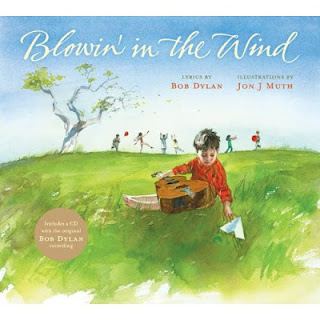 |
| Source: http://www.iso.org/iso/news.htm?refid=Ref1690 |
From the world's first "recycled stadium", a food strategy that requires balance, affordability and sustainability, to water-harvesting, cycle parks, a sustainable timber Velo track, plus, the target of sending none of the 8,000 tonnes of consumer waste generated to landfill, there's an impressive line up on the starter blocks.
Since the last Olympics Games, environmental standards - and possibilities - have changed markedly. Expectations of how companies and countries need to minimise impact our planet in all they do are high. London's commitment to a sustainable Games was reportedly a central part of winning the right to host the event.
Global warming is the critical issue of our time and the Games has been built and operated with a strict carbon footprint limitation. Reducing the tonnes of carbon dioxide and gases sent into the atmosphere is not just about vehicles and electricity. "Embedded carbon" in the materials used to construct venues, such as concrete and steel, is the major contributor and that is why many temporary structures have been built wherever possible from materials, such as billboard fabric, and recycled materials, such as the reclaimed gas pipes making up the roof of the Olympic stadium.
There's much to learn for other construction companies and event organisers - and not just the big ones. For the individual person there are many mind-expanding ideas on what you can do in your every day life and when undertaking your own event or contruction.
Here are some of the facts gathered from media reports (sources at the end):
Low Carbon Games
Estimated carbon footprint published 2009. For the operation of the games this is expected to be 315,000 tonnes of carbon dioxide and other gases – a 20 per cent reduction on the initial estimate. New permanent venues have been built only where there was a strong legacy case. Temporary structures built whereever possible, such as the water polo venue and wings of the aquatics centre. “Embedded carbon” in the structure of the stadium reduced by using recycled materials, such as old gas pipes which provide the truss – the ring around the top of the stadium.
Renewable Energy Games
Original target was 20 per cent of all energy supplied, largely provided by a large two-megawatt wind turbine on the Olympic site. Health and safety considerations ruled out the turbine. Renwable energy now expected to be 11 per cent of the total, provided by biomass boilers in the dedicated energy centre and a small amount of solar panels on the roof of the press centre car park.
Public Transport Games
All ticket holders given a Games Travelcard to use on public transport on the day of their event. Walking and cycling to venues encouraged by Active Travel Programme – with 7,000 secure cycle spaces. However, that system has some problems because they are half an hour walk away!
Good Food Games
London 2012 thought to be first major event in the world to have a food strategy, stressing choice and balance, affordability, sustainable sourcing across 800 food and drink outlets. All meat and dairy and fresh produce from the UK is Red Tractor farm assured. All fish is certified as sustainably sourced. Much overseas produce is Fair Trade.
Zero Waste Games
London 2012 expected to generate about 8,000 tonnes of consumer waste overall. The target is send none of this to landfill. All food packaging, including that used by McDonald’s, must be recyclable or compostable (all provided by a single supplier) and colour-coded to match colour codes on different bins for different waste streams. I very much like that idea of the colour coding! All waste handled by a single specialist contractor running a dedicated line for Olympic waste.
 |
| http://news.nationalgeographic.com/news/energy/2012/07/pictures/120725-london-green-olympic-games-bid/ |
Cycling's sustainable surface
The VeloPark was constructed using mainly timber and has a lightweight roof that reduces its embodied carbon emissions by limiting the use of steel. It also has rainwater harvesting capabilitys that will help cut water consumption by 75 per cent. But best of all the timber, including that used for the track, all came from certified sustainable sources.
VIPs and their greener Beemers
BMW's brightly coloured Olympic fleet includes 200 electric vehicles and 400 bicycles. Half the fleet will be BMW 320d Efficient Dynamic saloons, while another 700 will be BMW 520d Efficient Dynamics. The automaker has achieved its target of ensuring the London Olympics Games' fleet does not exceed average emissions of 120 grams of CO2 per kilometre, while also pioneering the use of zero emission technologies.
The world's first recyclable stadium
The 80,000 seat stadium was constructed with less than half the steel used in comparably sized stadia, making it the lightest Olympic Stadium to date. It includes more than a third recycled content and is expected to require 60 per cent less water than comparable stadia. The ring beam that supports the roof is also made of reclaimed gas pipes.
Sources: http://www.independent.co.uk/sport/olympics/news/how-green-will-the-london-olympics-really-be-7982182.html, http://www.businessgreen.com/bg/feature/2194942/top-10-green-olympic-facts, http://lydall.standard.co.uk/2012/07/olympic-bike-parks-will-have-security-guards-to-deter-thieves.html, http://energy.gov/articles/2012-london-olympics-go-green-its-energy-efficient-sustainable-and-recyclable-design











































